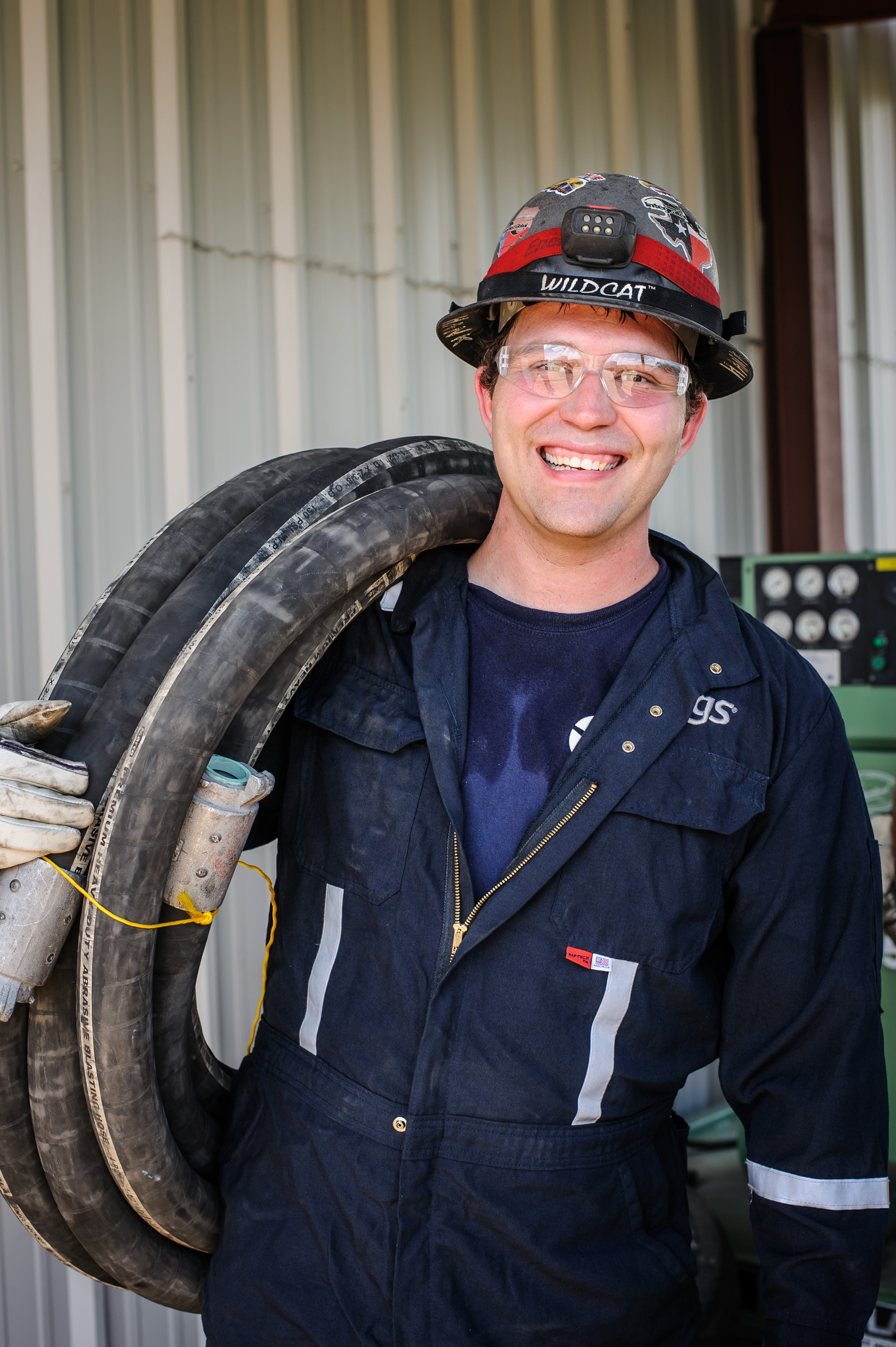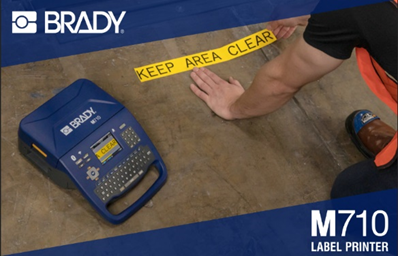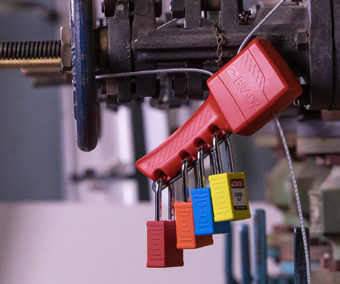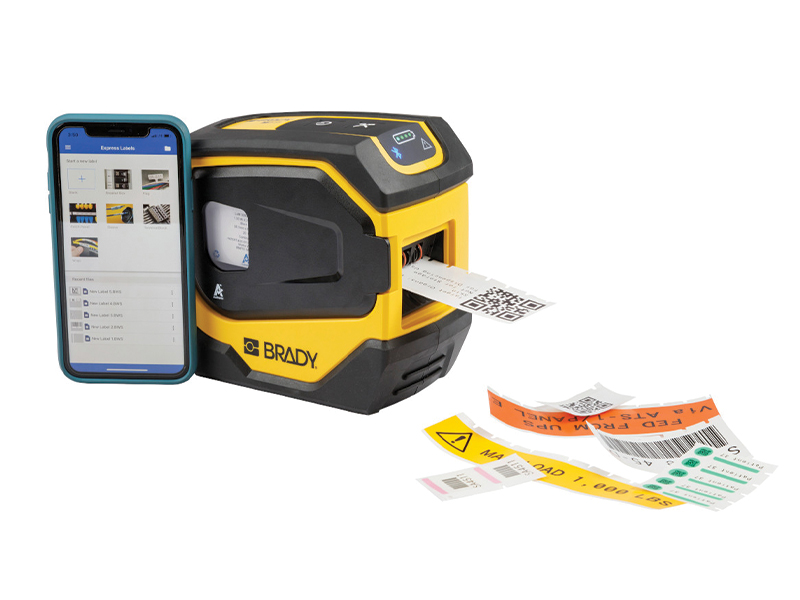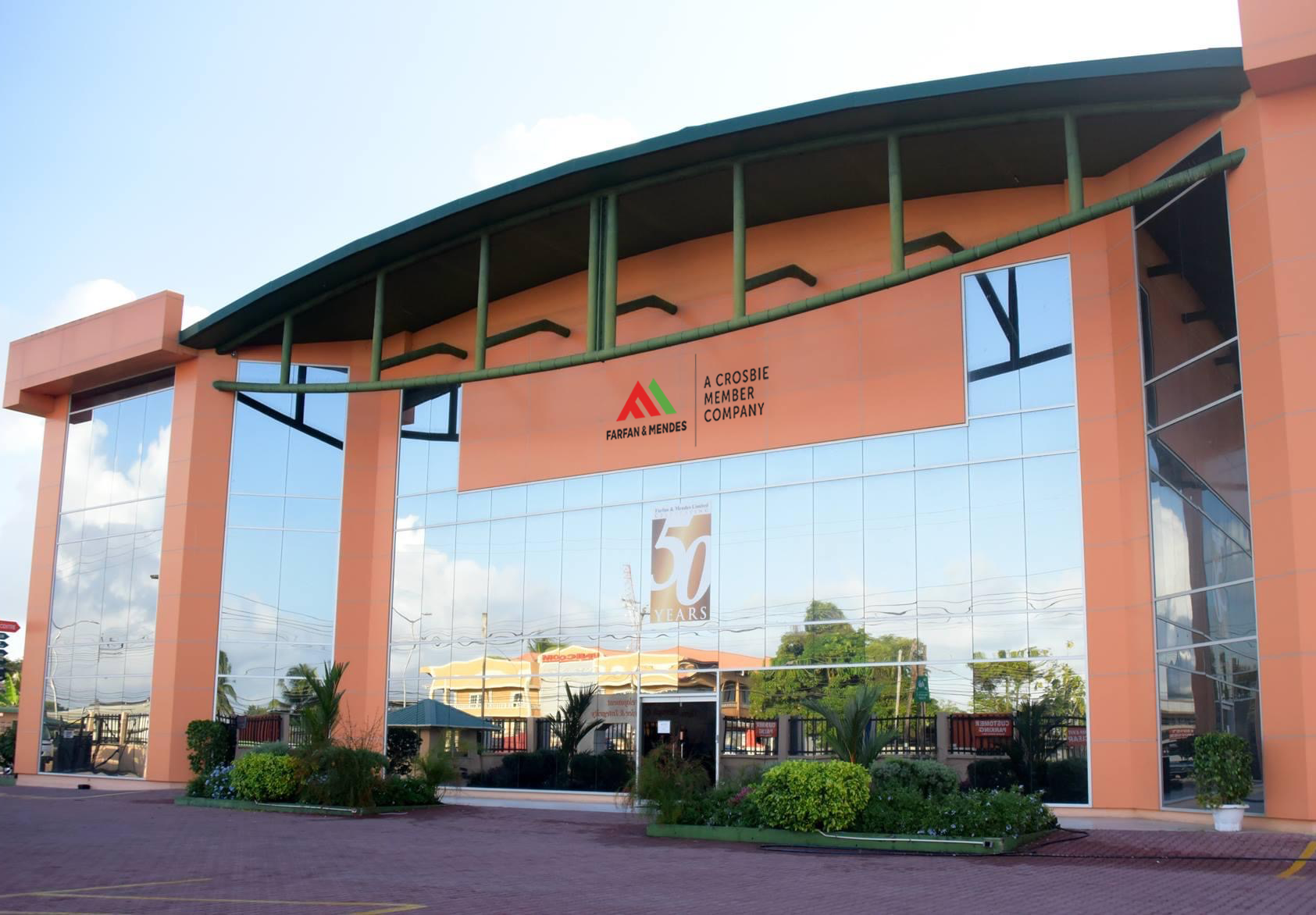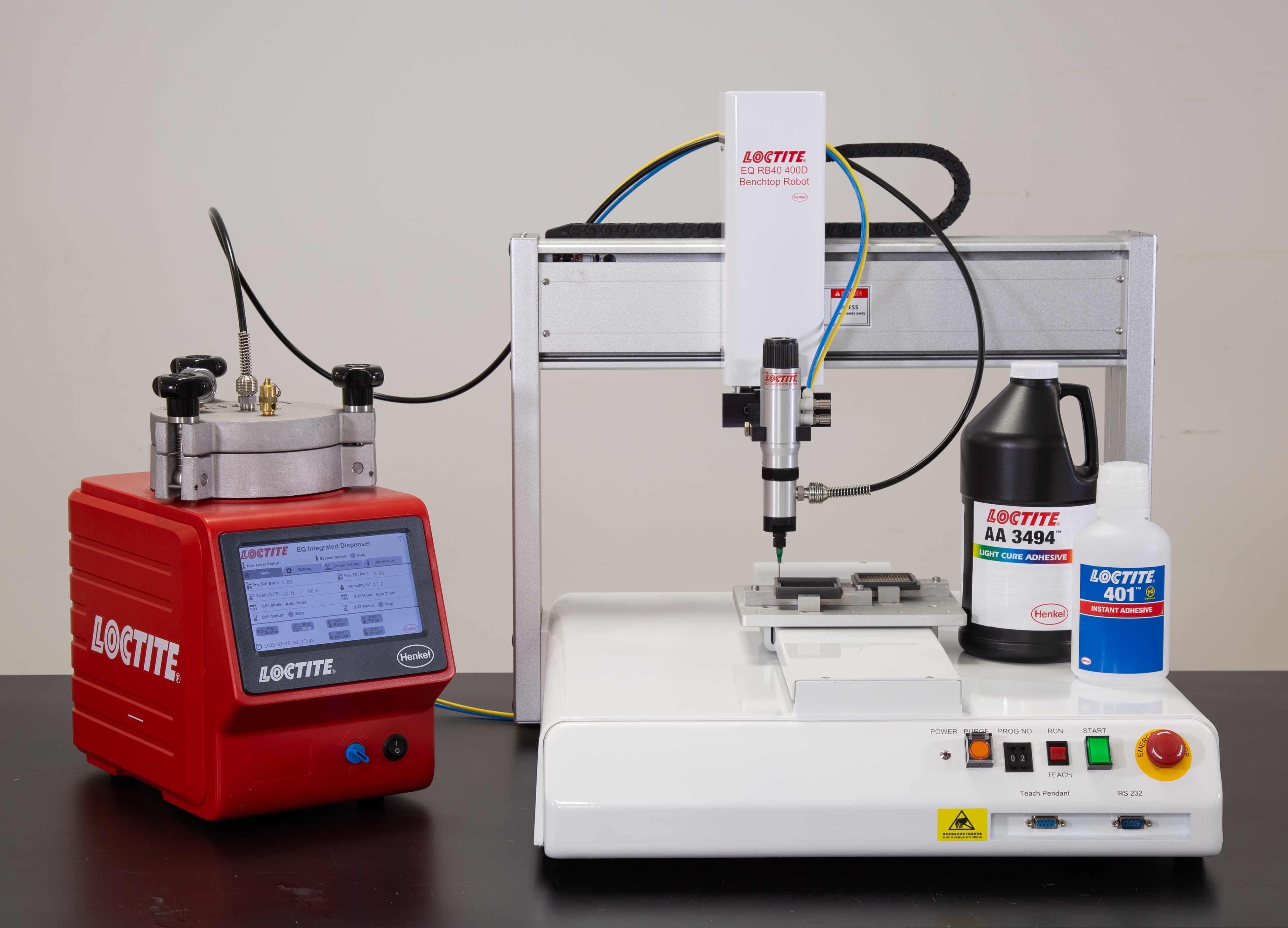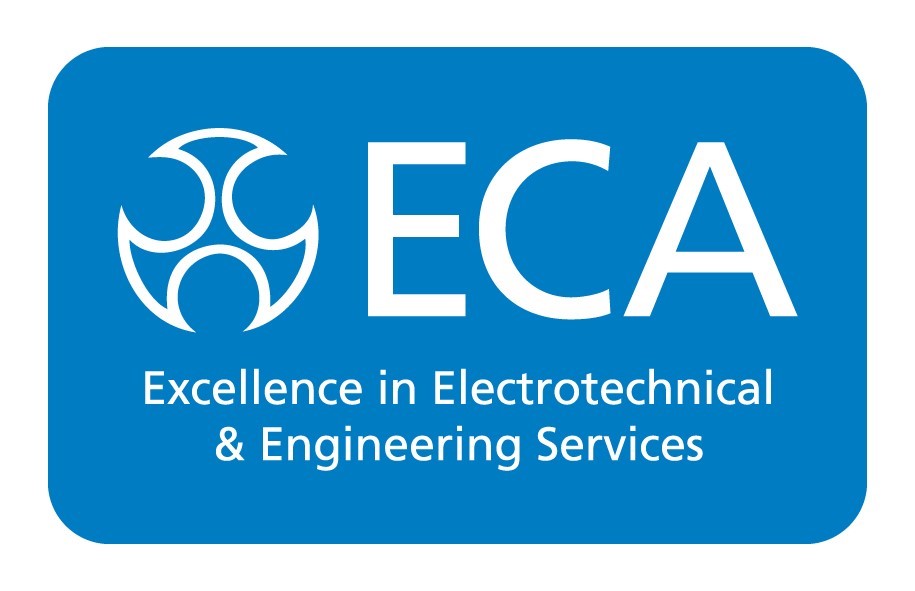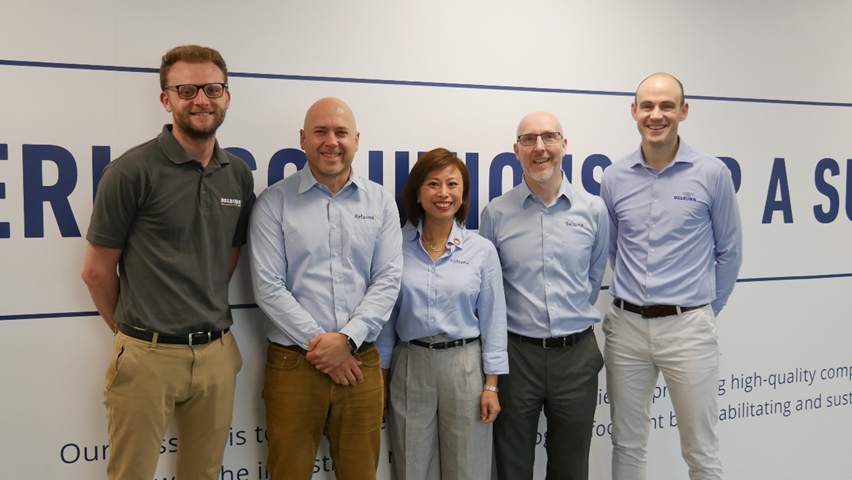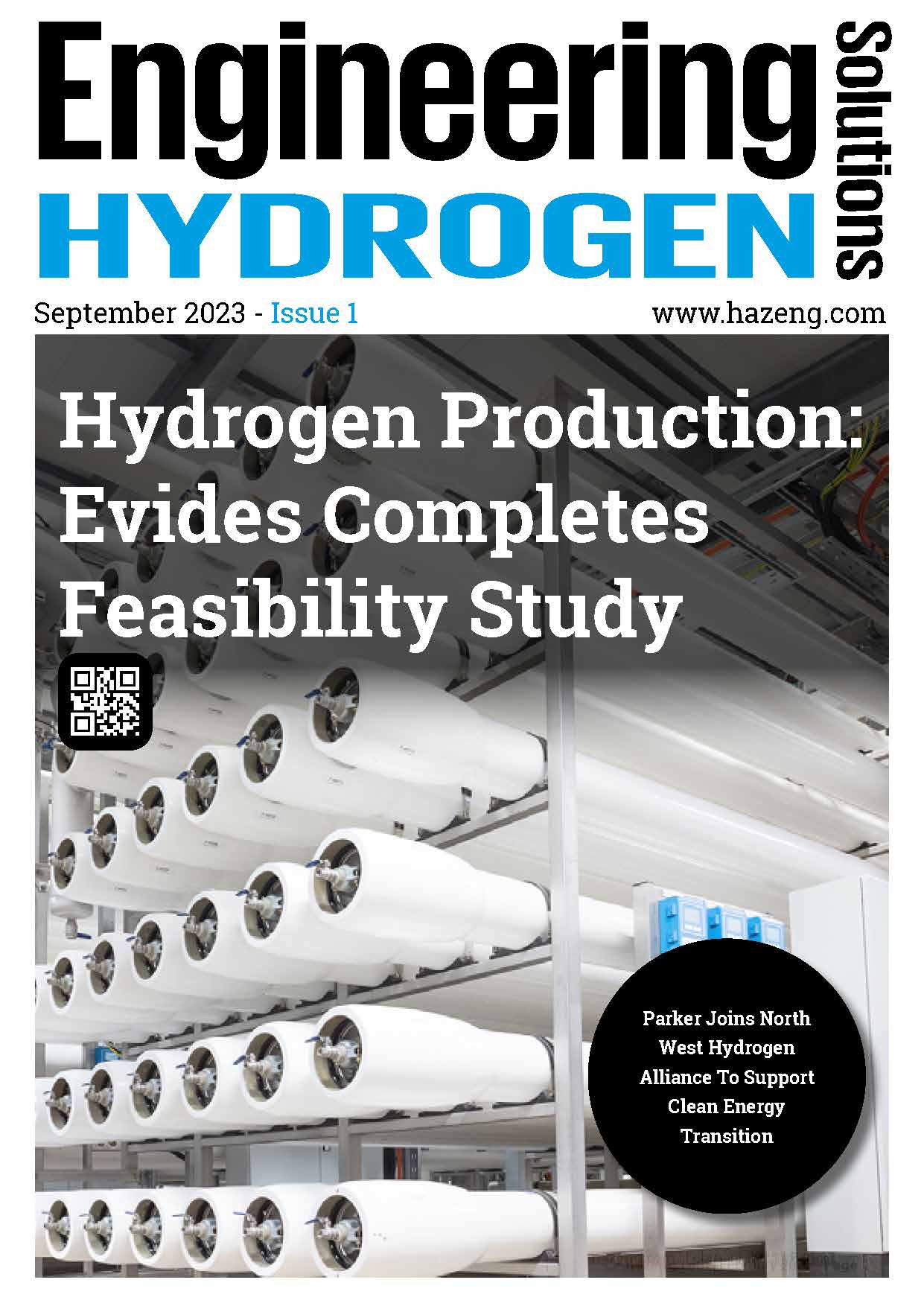- Schaeffler Group increases revenue for the first half of 2023 by 10.1 percent at constant currency to 8.2 billion euros (prior year: 7.5 billion euros)
- EBIT margin before special items at 7.6 percent (prior year: 6.1 percent)
- Automotive Technologies generates robust earnings, Automotive Aftermarket continues very strong performance, weaker earnings at Industrial
- Strong improvement in free cash flow before cash in- and outflows for M&A activities to 29 million euros in H1 (prior year: -204 million euros)
- Structural measures in Germany finalised, agreement with employee representatives reached
- Overall Group guidance for 2023 raised
Birmingham, UK | August 2, 2023 | Schaeffler AG published its interim financial report for the first half of 2023 today. The Schaeffler Group’s revenue for the first six months amounted to 8,208 million euros (prior year: 7,548 million euros). The 10.1 percent constant-currency increase in revenue in the first half of 2023 was primarily attributable to growing volumes at the Automotive divisions. A favourable impact from sales prices in all three divisions further bolstered the revenue trend. Revenue for the second quarter of 2023 rose by 9.8 percent at constant currency to 4,056 million euros (prior year: 3,790 million euros).
In the Automotive Technologies division, the 8.3 percent constant-currency revenue growth in the first half of 2023 resulted from higher volumes in all business divisions. The constant-currency rise in revenue in the Automotive Aftermarket division amounted to 17.6 percent in the first six months of the year, thanks in particular to the strong increase in volumes at the Independent Aftermarket business in the Europe region. In the Industrial division, the constant-currency increase in revenue of 10.6 percent was largely attributable to the contribution made by the Ewellix Group, which was acquired at the beginning of the year, and the favourable impact of sales prices.
All regions contributed to revenue growth in the first half of 2023. The Europe region generated the highest constant-currency growth rate, increasing its revenue by 14.0 percent. Asia/Pacific region revenue was up 10.9 percent at constant currency, while revenue in the Greater China and Americas regions was 6.6 percent and 5.6 percent above the prior-year level, respectively, at constant currency.
The Schaeffler Group generated 625 million euros (prior year: 458 million euros) in EBIT before special items in the first six months, representing an EBIT margin before special items of 7.6 percent (prior year: 6.1 percent). The increase in the EBIT margin before special items in the first half of 2023 was primarily attributable to the favourable impact of volumes and sales prices.
“The Schaeffler Group once again performed well in a challenging market environment in the second quarter,” said Klaus Rosenfeld, CEO of Schaeffler AG. “All divisions and regions contributed to revenue growth. On the whole, our earnings improved significantly year on year. The Automotive Technologies and Automotive Aftermarket divisions reported double-digit growth rates at constant currency in the second quarter and further improved their operating earnings, offsetting the declining earnings trend in the Industrial division.”
|
Key financials of the Schaeffler Group
|
|
|
|
01/01-06/30
|
|
|
|
|
|
2nd quarter
|
|
|
|
in € millions
|
|
2023
|
|
2022
|
|
Change in %
|
|
2023
|
|
2022
|
|
Change in %
|
|
Revenue
|
|
8,208
|
|
7,548
|
|
8.7
|
|
4,056
|
|
3,790
|
|
7.0
|
|
• at constant currency
|
|
|
|
|
|
10.1
|
|
|
|
|
|
9.8
|
|
EBIT before special items 1
|
|
625
|
|
458
|
|
36.4
|
|
289
|
|
200
|
|
44.3
|
|
• in % of revenue
|
|
7.6
|
|
6.1
|
|
-
|
|
7.1
|
|
5.3
|
|
-
|
|
Free cash flow 2
|
|
29
|
|
-204
|
|
-
|
|
103
|
|
-219
|
|
-
|
| |
|
|
|
|
|
|
|
|
|
|
|
|
| |
|
06/30/2023
|
|
12/31/2022
|
|
Change in %
|
|
|
|
|
|
|
|
Shareholders’ equity 3
|
|
3,982
|
|
4,141
|
|
-3.8
|
|
|
|
|
|
|
|
Net financial debt
|
|
3,231
|
|
2,235
|
|
44.5
|
|
|
|
|
|
|
|
Net financial debt to EBITDA 4
ratio before special items 1
|
|
1.5
|
|
1.1
|
|
|
|
|
|
|
|
|
|
Employees
|
|
83,705
|
|
82,773
|
|
1.1
|
|
|
|
|
|
|
|
1 Please refer to the interim financial report H1 2023, pg. 14, for the definition of special items.
|
|
2 Before cash in- and outflows for M&A activities.
3 Including non-controlling interests.
4 Net financial debt to EBITDA ratio before special items (LTM).
|
| |
|
|
|
|
|
|
|
|
|
|
Automotive Technologies – operating earnings improved
The Automotive Technologies division generated 4,840 million euros in revenue in the first half of 2023 (prior year: 4,514 million euros). The constant-currency revenue growth of 8.3 percent resulted mainly from a market-driven increase in volumes contributed to by all business divisions. Sales prices had an additional favourable impact on revenue, especially since considerable rises in costs were largely passed on to customers by adjusting sales prices. Overall, the Automotive Technologies division’s revenue growth at constant currency fell slightly short of the trend in global automobile production.
The division generated 207 million euros (prior year: 92 million euros) in EBIT before special items in the first six months. The EBIT margin before special items for the same period was 4.3 percent, significantly ahead of the 2.0 percent reported in the prior year. The increase in the EBIT margin before special items was mainly due to the favourable impact of sales prices and volumes, bolstered by structural improvements.
Automotive Aftermarket – strong growth, strong EBIT margin
In the first half of the year, the Automotive Aftermarket division generated revenue of 1,131 million euros (prior year: 970 million euros), representing constant-currency revenue growth of 17.6 percent. The constant-currency increase in revenue was mainly the result of considerably higher volumes compared to a relatively low prior-year period. Sales prices had a favourable impact on revenue as well, since increases in procurement costs were passed on to the market.
The constant-currency revenue growth was driven especially by the 17.1 percent increase in Europe – the region generating the highest revenue. Revenue in the Greater China region was 36.6 percent above the prior-year level at constant currency. In the Asia/Pacific region, revenue increased by 18.1 percent at constant currency, while the Americas region generated constant-currency revenue growth of 14.1 percent.
EBIT before special items amounted to 192 million euros (prior year: 128 million euros), which represents an EBIT margin before special items of 17.0 percent (prior year: 13.2 percent). The increase in EBIT margin before special items was predominantly the result of a higher gross profit margin due to a favourable revenue mix during the reporting period, as well as a favourable impact of sales prices.
Industrial – EBIT margin down, countermeasures initiated
The Industrial division generated 2,237 million euros in revenue in the first six months of the year (prior year: 2,065 million euros). The constant-currency revenue growth of 10.6 percent was primarily attributable to the contribution made by the Ewellix Group, which was acquired at the beginning of the year. That contribution was reflected in the Industrial Automation sector cluster. Especially a favourable impact of sales prices contributed to growth as well.
At 15.0 percent, the Americas region generated the largest constant-currency increase in revenue in the first six months. In Greater China, revenue was up 11.4 percent at constant currency. Revenue in the Europe region grew by 10.1 percent, while the Asia/Pacific region reported constant-currency revenue growth of 5.4 percent.
The Industrial division generated 225 million euros (prior year: 238 million euros) in EBIT before special items in the first six months, representing an EBIT margin before special items of 10.1 percent (prior year: 11.5 percent). The decline in EBIT margin before special items was primarily attributable to the gross margin trend, which was adversely affected by the revenue mix as well as by higher costs as a result of relocations and other factors. Based on this and in connection with the adjusted outlook for the second half of the year, the division has initiated countermeasures that include reducing inventories and expanding cost reduction measures.
|
Key financials by division
|
|
|
|
01/01-06/30
|
|
|
|
|
|
2nd quarter
|
|
|
|
in € millions
|
|
2023
|
|
2022 1
|
|
Change in %
|
|
2023
|
|
2022
|
|
Change in %
|
|
Automotive Technologies
|
|
|
|
|
|
|
|
|
|
|
|
|
|
Revenue
|
|
4,840
|
|
4,514
|
|
7.2
|
|
2,400
|
|
2,221
|
|
8.0
|
|
• at constant currency
|
|
|
|
|
|
8.3
|
|
|
|
|
|
10.7
|
|
EBIT before special items 2
|
|
207
|
|
92
|
|
>100
|
|
102
|
|
11
|
|
>100
|
|
• in % of revenue
|
|
4.3
|
|
2.0
|
|
-
|
|
4.3
|
|
0.5
|
|
-
|
|
Automotive Aftermarket
|
|
|
|
|
|
|
|
|
|
|
|
|
|
Revenue
|
|
1,131
|
|
970
|
|
16.6
|
|
549
|
|
506
|
|
8.5
|
|
• at constant currency
|
|
|
|
|
|
17.6
|
|
|
|
|
|
10.2
|
|
EBIT before special items 2
|
|
192
|
|
128
|
|
50.1
|
|
89
|
|
64
|
|
39.3
|
|
• in % of revenue
|
|
17.0
|
|
13.2
|
|
-
|
|
16.3
|
|
12.7
|
|
-
|
|
Industrial
|
|
|
|
|
|
|
|
|
|
|
|
|
|
Revenue
|
|
2,237
|
|
2,065
|
|
8.3
|
|
1,107
|
|
1,062
|
|
4.2
|
|
• at constant currency
|
|
|
|
|
|
10.6
|
|
|
|
|
|
7.9
|
|
EBIT before special items 2
|
|
225
|
|
238
|
|
-5.2
|
|
97
|
|
125
|
|
-22.1
|
|
• in % of revenue
|
|
10.1
|
|
11.5
|
|
-
|
|
8.8
|
|
11.7
|
|
-
|
|
1 Prior-year information presented based on 2023 segment structure.
|
|
2 Please refer to the interim financial report H1 2023, pg. 14, for the definition of special items.
|
Free cash flow – significantly improved year on year
Free cash flow before cash in- and outflows for M&A activities was 29 million euros in the first six months of the year (prior year: -204 million euros). The growth compared to the first half of 2022 was primarily attributable to improved EBITDA and to the less extensive expansion of working capital.
“The positive free cash flow is primarily attributable to the improvement in the Schaeffler Group’s profitability in the first half of 2023,” said Claus Bauer, CFO of the Schaeffler Group. “In addition, we succeeded in reducing net current assets through effective management of inventories and receivables.”
Net income attributable to shareholders of the parent company increased to 267 million euros in the first half of 2023 (prior year: 249 million euros). Net income before special items amounted to 338 million euros (prior year: 265 million euros). Earnings per common non-voting share were 0.41 euros (prior year: 0.38 euros).
Structural measures – agreements with employee representatives reached
In November 2022, the Board of Managing Directors of Schaeffler AG adopted and announced additional structural measures. The plans primarily affected the Engine & Transmission Systems and Bearings business divisions within the Automotive Technologies division, as well as the company’s corporate functions. Agreements to secure the Schaeffler Group’s competitiveness and ability to realise future opportunities have now been reached with local works councils for the Morbach, Ingolstadt, and Herzogenaurach locations. As a result, the Morbach location will continue to operate at least until the end of 2026 and the Ingolstadt location at least until the end of 2027. Schaeffler will also be able to avoid relocating product groups away from Herzogenaurach for the time being by reducing employee working hours at the plant. At the same time, investments at the Herzogenaurach location will create more suitable conditions for attracting new products. “We are consistently working on focusing Schaeffler on the electrification of drive trains. However, our technological strength in e-mobility and in new mobility solutions alone is not enough to maintain our ability to realise future opportunities and accelerate the transformation of our business. In fact, competitive cost structures are key to this as well,” said Matthias Zink, CEO Automotive Technologies. “With the agreements reached, we have achieved a landmark result together with the local employee representatives, which shows that we are all working together to take responsibility for the transformation.” The Schaeffler Group continues to expect the measures to generate savings of up to 100 million euros a year, most of which will be achieved by 2026. The amendment is expected to result in a partial reversal of the provision for the restructuring measures in the amount of 29 million euros in the third quarter of 2023.
Overall Group guidance for 2023 raised
In light of the performance of the business in the first half of 2023, the Board of Managing Directors of Schaeffler AG adjusted the outlook issued on February 27, 2023, at its meeting on July 25, 2023 as follows.
|
Guidance
|
Schaeffler Group
|
Autom. Technologies
|
Autom. Aftermarket
|
Industrial
|
|
Revenue growth[1]
|
5 to 8%
(unchanged)
|
moderate revenue growth;
0 to 3%-age points above LVP growth[2]
(previously 2 to 5%-age points above LVP growth²)
|
10 to 12%
(previously 5 to 7%)
|
6 to 8%
(previously 9 to 11%)
|
|
EBIT margin[3]
|
6 to 8%
(previously 5.5 to 7.5%)
|
3 to 5%
(previously 2 to 4%)
|
14 to 16%
(previously 12 to
14%)
|
9 to 11%
(previously 11 to
13%)
|
|
Free cash flow[4]
|
EUR 300 to
400 million
(previously EUR 250 to 350 million)
|
|
Current market assumptions for 2023
- Automotive Technologies: LVP² with growth of 2 to 4% to up to 85,6 million vehicles[5]
- Automotive Aftermarket: Growth in global vehicle population a little less strong than in the prior year, with a slight rise in average age (2022: growth of 2.2%, average age: 10.7 years)[6]
- Industrial: Slight increase in relevant industrial production
Based on the expected performance of the divisions, the Schaeffler Group continues to expect its revenue to grow by 5 to 8 percent at constant currency in 2023. In addition, the company has increased the guidance for the EBIT margin before special items in 2023 to 6 to 8 percent (previously 5.5 to 7.5 percent). The Schaeffler Group anticipates free cash flow before cash in- and outflows for M&A activities of 300 to 400 million euros for 2023 (previously 250 to 350 million euros).
The Schaeffler Group now expects its Automotive Technologies division to grow by 0 to 3 percentage points more than global automobile production of passenger cars and light commercial vehicles in 2023. On that basis, the company continues to expect the Automotive Technologies division to generate moderate constant-currency revenue growth year on year. Additionally, the Automotive Technologies division now expects an EBIT margin before special items of 3 to 5 percent for 2023 (previously 2 to 4 percent).
The guidance for the Automotive Aftermarket division has been corrected upward in terms of both revenue and EBIT margin before special items. The group now anticipates constant-currency revenue growth of 10 to 12 percent (previously 5 to 7 percent) and an EBIT margin before special items of 14 to 16 percent (previously 12 to 14 percent) for the division in 2023.
The company now expects its Industrial division to generate constant-currency revenue growth of 6 to 8 percent (previously 9 to 11 percent) and an EBIT margin before special items of 9 to 11 percent (previously 11 to 13 percent) in 2023.
“Our updated guidance reflects the results of a successful first six months of the year,” said Klaus Rosenfeld, CEO of Schaeffler AG. “The second half of the year is likely to be challenging for our business. The current negotiations with our customers give us reason to be confident that we will once more comfortably achieve our electric mobility order intake target in 2023. At the same time, all signs point to a continuation of the positive trend in the Automotive Aftermarket business going forward. We have already taken countermeasures in the Industrial division against the negative margin trend.”
[1] at constant currency
[2] LVP growth: global growth in production of passenger cars and light commercial vehicles
[3] before special items
[4] before cash in- and outflows for M&A activities
[5] Includes content supplied by S&P Global © [IHS Markit Light Vehicle Production Forecast (Base), July 2023]. All rights reserved.
[6] Includes content supplied by S&P Global © [IHS Markit Vehicles In Operation (VIO) Forecast, April 2023]. All rights reserved.

